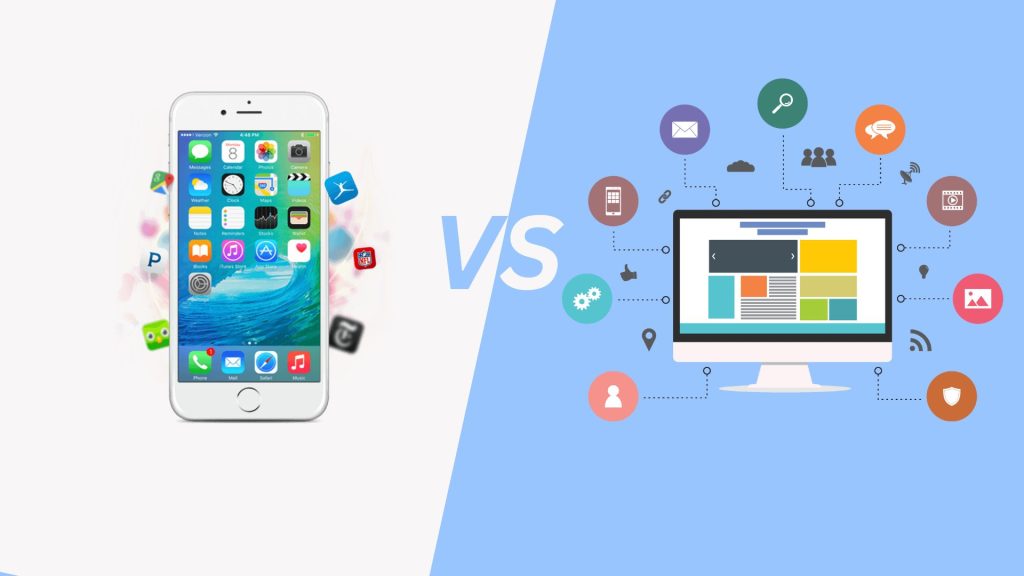What are Native Apps?
Native apps are mobile applications developed for a specific mobile operating system that are coded in a platform-specific programming language. Simply put, for iOS we usually use Objective C or Swift, for Android we use Java and for Windows phone we use C#.
As native apps are specially designed for a specific platform, they take advantage of operating system features. It has access to device-specific hardware, software, the features that are available on the device such as a GPS, camera, one touch pay and figure print.
Similar to other application approaches, native apps have their own positives and negatives. Although native apps are often preferred over web apps, they’re expensive to build and require consistent maintenance. So to decide whether or not native apps are worth the investment, companies must carefully analyze the pros and cons of building or using one.
Let’s get started!
Advantages of Native Apps
Speed
Native apps, as we mentioned, are designed specifically for certain platforms, they are native to the platform. As a result, they function faster. Even apps with high processor usage will work without hassle. Many elements come preloaded. The user data is received from the web rather than the entire application, and since they work with the device’s built-in features, they are speedy.
Offline Work
Internet is not a must in native apps. They can partially function in offline mode. Therefore, in situations where there is no internet connectivity, certain native apps’ functionality can still work.
Full Functionality for Users
As native app works on the operating system of the device, it is able to make full use of the capabilities that are available to it. Whether it’s an address book, GPS functions, or even push notifications, the native app can become something that integrates cleanly into the user’s daily experience.
Superior Level of Performance
Games and other interactive games choose the native approach because they require low latency levels. This allows even the most processor-intensive apps to be able to be successfully used on a regular basis. Even for devices with different screen sizes.
Availability
Users can easily find and download native apps from the App Store or Google Play. Many device manufacturers also partner with native app developers to include specific apps for the initial boot-up of the device. Plus, the apps are completely tested by the stores before the approval.
Disadvantages of Native Apps
Cost
The overall cost involved in the development and maintenance is considerably higher, especially for native apps that work on multiple platforms. Even a substantial amount is needed to maintain the app. But still, native apps pay back in the long run.
Expensive Development
The programming used in native apps is a difficult process as separate developers are needed for each platform. Moreover, it is not an easy task to develop native apps, so you should find talented developers. As a result, native app development requires more labor, which means more time and more money.
Time Consumption
As a native app is targeted to a specific OS, it requires more time to develop for every single platform. So developers need to write specific codes for iOS, Android etc. As a result, to provide a quality product, the overall development time is longer.
The pros and cons of native apps show that it can be a beneficial and profitable experience if the negatives are properly countered. Considering these key points you’ll be able to decide whether to build a native app or to find other best decisions for your business.
Looking to develop a custom mobile application? Contact us.






